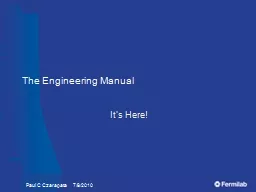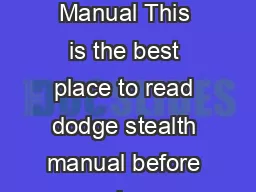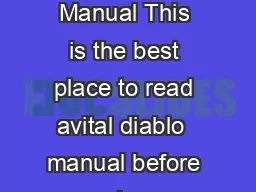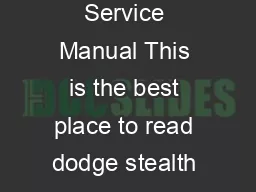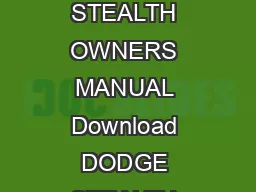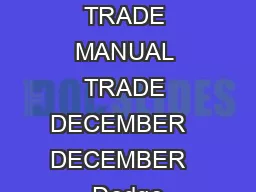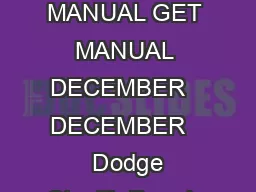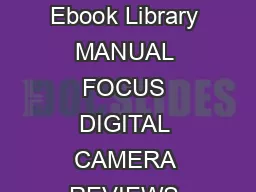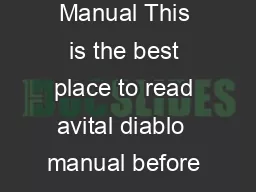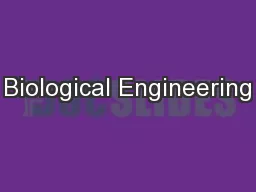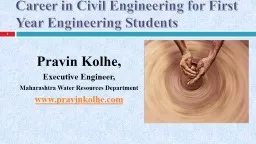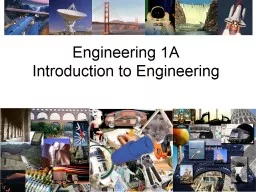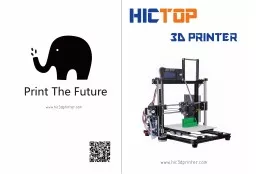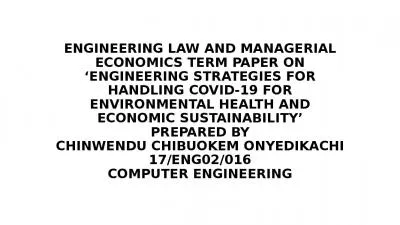PPT-The Engineering Manual
Author : jane-oiler | Published Date : 2016-04-05
Its Here Paul C Czarapata 782010 How did we get here Good Engineering Yes Good Documentation Sometimes Consistent from Project to Project No To repeat a DOE phrase
Presentation Embed Code
Download Presentation
Download Presentation The PPT/PDF document "The Engineering Manual" is the property of its rightful owner. Permission is granted to download and print the materials on this website for personal, non-commercial use only, and to display it on your personal computer provided you do not modify the materials and that you retain all copyright notices contained in the materials. By downloading content from our website, you accept the terms of this agreement.
The Engineering Manual: Transcript
Download Rules Of Document
"The Engineering Manual"The content belongs to its owner. You may download and print it for personal use, without modification, and keep all copyright notices. By downloading, you agree to these terms.
Related Documents

